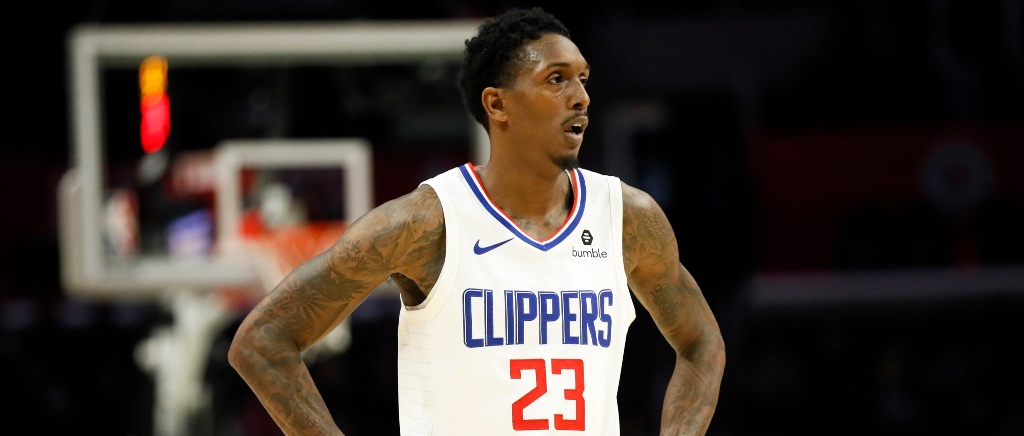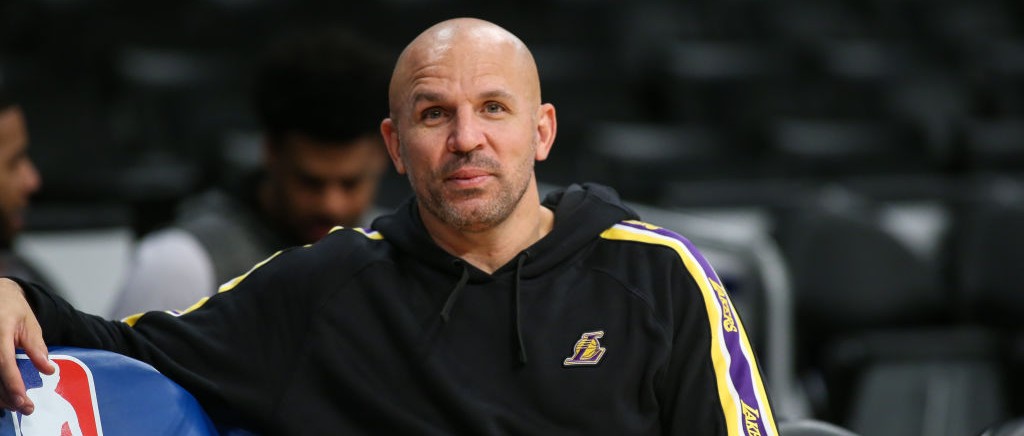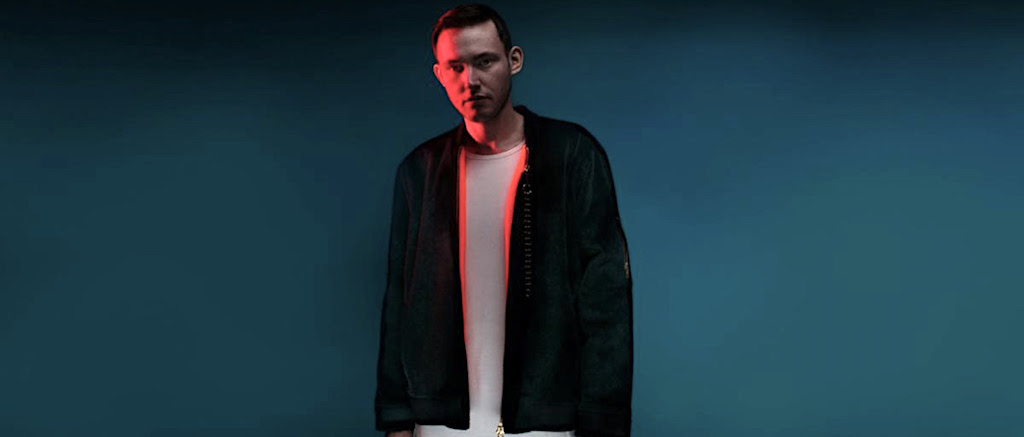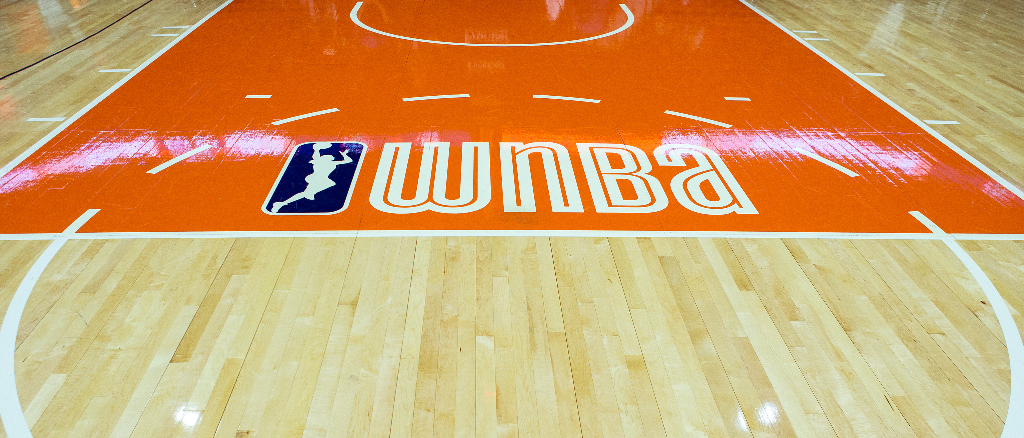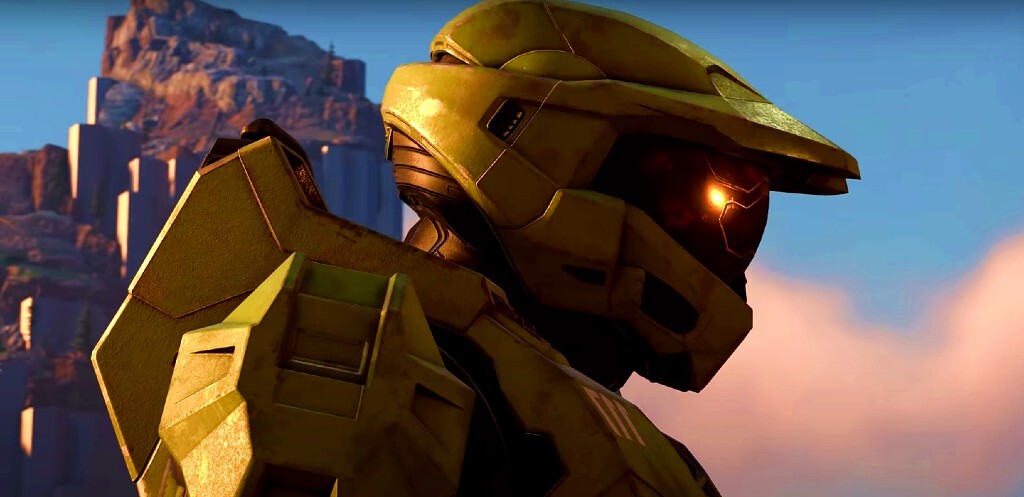
Microsoft’s Xbox Series X game event on Thursday was an opportunity to get gamers excited about the computing giant’s own next-gen console, starting with a very familiar protagonist in Halo‘s Master Chief. If you’re looking for differences between Sony and Microsoft in how they approach their latest consoles, you’ll have to look deeper than the events they’ve put on in recent weeks in lieu of the more traditional E3 and in-person showcases the industry has come to expect.
Both companies have already spent time teasing performance and instead focused on games, which ultimately may be what gets people to pick one console over another. But their approach to showcasing those games is also very similar. One of the biggest pieces of news from Thursday’s event was that Destiny 2 and its expansions would hit Game Pass on Xbox Series X. One can pretty easily make the connection to Sony giving away GTA V for the PS5, too. Old favorites are good, sure, but people want new games to make it worth shelling out for a new console. And Microsoft did show off at least glimpses at some considerable titles.
Here’s what we learned from Microsoft’s event.
Infinite Nostalgia
Halo Infinite led off the event, and for good reason. Master Chief has been with Xbox since the beginning, and we got both a cinematic showing the creation of Master Chief armor and some gameplay that looked pretty crisp, all things considered. The game looked less technologically impressive than others we’ve seen, but it did look like a good Halo game, if that makes sense.
The gameplay saw plenty of familiar weapons as Master Chief deftly took down Grunts, Brutes, and Elites to the familiar battle cries you’ve come to know and love of your Covenant enemies over the years. The Halo setting looked like the first few levels of the original game’s campaign. Everything was familiar and those who have played the series undoubtedly got a jolt of nostalgia watching Chief’s assault rifle-obstructed view of the Halo ring’s greenery and alien installations. Modern first-person shooters need a lot more than campaign nostalgia to be worth the squeeze, but Halo Infinite looked the part at first glance.
Here, Take This
Microsoft showed off a number of different games from its studios, and not to over-generalize, but there were a lot of shooters. Guns were everywhere, starting at the top with Halo and working down the rest of the hourlong show. Warhammer 40,000: Darktide, CrossfireX, S.T.A.L.K.E.R 2, and Destiny 2 all featured gunplay on top of Halo‘s alien killers. State of Decay 3 featured a bow, sure, but it’s weaponry all the same. A Phantasy Star Online sequel also made some Dreamcast shooter die hards very excited.
There’s nothing wrong with shooters, of course, but it was a theme of the day for sure.
Honey I Shrunk The Survival Game
One of the sillier titles was a backyard survival game that looks a lot like Honey I Shrunk The Kids called Grounded. It was a bit of an oddball: an Obsidian survival game that looks cartoony and features children trying to survive as tiny shrunken kids in an oversized backyard. No oatmeal cream pies in sight, but it was tough to think of anything else even while leaf homes were assembled and ants and spiders were getting after some very small children in the trailer for this one.
Jack Black, Psychonaut
I’m not sure if Jack Black was on your video game event bingo card, but you were probably a big winner on Thursday if you expected to see him doing a song for Psychonauts 2. Some extremely trippy gameplay video was paired with a brief behind-the-scenes of Black in the recording studio making a song for the sequel to the 2005 Double Fine hit. The song was actually pretty good, and the vibrant scenes from the game are intriguing, but it was definitely more of a music video than a gameplay video that lets us know how the sequel will actually play.
Sooner Than Later
One interesting note The Verge pointed out is that Microsoft’s initial promise that its next-gen console won’t be immediately necessary to get the latest games wasn’t backed up by its presentation Thursday. Games like Forza Motorspot, Fable, Avowed, As Dusk Falls, Everwild, and State of Decay 3 were revealed for the Series X and Windows PC, but not the existing Xbox One. Previous quotes from Microsoft had indicated the company doesn’t want gamers to feel they need to rush to buy a new console, at least right away. But there wasn’t any real clarification on when those games were coming out and whether Xbox One gamers will get to play them.
What We Didn’t Learn
Well, the price. Of anything, really. Much like the PlayStation 5 event last month, there wasn’t a console price to be found on Thursday. In fact, we only really got glimpses of the console itself during the event, mostly at the end in a flash of its recap video.
There’s still the question of how much next-gen games will cost, with NBA 2K21‘s $70 next-gen pricetag undefined as an outlier or the new industry standard price. Thursday was more about hype and hope than reality, of course, but “Holiday 2020” is rapidly approaching and there’s still a lot to learn about what the industry will be like come winter.


